Expansion Passes, aka Season Passes, have a bad reputation in some corners of the industry. They tend to consist of downloadable content that one would assume would be included in the game, like a set of items or an extra location to explore. Some toss in some highly desirable content alongside swathes of meh-ranked costumes or piddly add-ons, while still others lock important plot content or items behind the expansion pass paywall.
Nintendo started including expansion passes in the Switch era, beginning with The Legend of Zelda: Breath of the Wild, then Xenoblade Chronicles 2, and soon again with Fire Emblem: Three Houses.
The two earlier expansion pass efforts fell into the “less than spectacular” category in many ways. Some aspects made up for in-game flaws, others promised a lot and didn’t deliver, and BotW stole the Master Sword from us.
Fire Emblem, however, is almost designed for an expansion pass, with its reliance on deep, strategic stages, character development, and huge worlds we never get to see enough of. With the upcoming Fire Emblem: Three Houses‘ expansion pass being a first for the series, we take a look at how the concept complements the franchise’s structure so well.
The Not-So Expansive Expansion Model
Nintendo was late to the expansion pass party, the one area many fans were pleased to see the Big N lagging behind in. But that all changed with Breath of the Wild.
DLC and expansion passes are supposed to, well, expand on a game’s world somehow — through new missions, new locations, new items, or a combination of that and more. It goes double for open-world games like BotW, where a healthy expansion can go a long way in keeping players in the game world.
The expansions we got for Breath of the Wild did indeed add to the world with some challenging new missions, new Shrines, some new gear, and a bit more backstory. But it wasn’t all that exciting.
Then there was the issue with presentation.
A good expansion pass is going to give you something you couldn’t get otherwise, something special or highly desirable. It doesn’t — well, it shouldn’t — steal something hitherto integral to a franchise, imprison it behind a paywall, and then expect you to be happy about ransoming it back.
It probably shouldn’t take your clothes either.
Unfortunately that’s exactly what Breath of the Wild does with both the Master Sword and your rags. The Deku Tree conveniently keeps the Trial of the Sword, the only thing that can restore the Master Sword to its proper splendor, back from Link until you cross its palm (?) with real-world silver.
Granted, the Trial is an exceptionally well-designed challenge run, where having no clothes forces you to think strategically. It’s the ultimate proving ground for the skills learned and employed in post-apocalyptic Hyrule.
That’s exactly why it should have been part of the game itself, not bonus content: it’s too closely tied to the game itself to function well as an expansion.
Then there’s the Champions’ Ballad. BotW is a curious one when it comes to plot. It probably has the biggest emphasis on story in any Zelda game, but 95% of it is entirely skippable. Those who do choose to engage in its plot find doomed, dead, but likeable characters in the Champions, and then you get to learn a bit more about them in the second DLC wave.
Only a bit, though. The main focus is the bone-crushingly difficult challenges associated with each Champion, leaving the plot bits seeming just a little like there could be more — a prequel, maybe, or a special episode for each Champion.
All these issues likely stem from Breath of the Wild‘s tortured development cycle. A game whose life was fraught with delays and challenges like BotW is bound to have cut content, content the dev team really wants to include somehow in the main game.
That’s certainly how Breath of the Wild‘s expansion pass comes across. It’s not bad, but it wasn’t the smoothest entry into DLC the series could have had. Moreover, a game like that needs a much meatier expansion to make it worthwhile. This is why they’re making a sequel to the game, as they wanted to make use of all the ideas they had for the original without resorting to piles of DLC.
Strategy Games Do It Better
Where Zelda scrambled onto the DLC wagon rather late, Fire Emblem has a history of adding new maps and quests via DLC. Starting with Awakening in the West, the series routinely added new maps or sets of quests wrapped around mini-side stories.
These kinds of additions are perfect for strategy/tactics games like Fire Emblem. By nature, the main games are very straightforward, with no deviating from the main path allowed.
Unlike open-world games or traditional RPGs, strategy games don’t get much time to explore these relationships and other stories. Paralogues and support conversations have to be focused if they want to keep the player’s attention, and with the level of depth added to (most) of FE‘s characters, there’s always more than can be explored or explained or more ideas to cram into a map.
It’s true the base game has lots of replay value, especially with the huge character rosters to choose from, but there’s nothing like having fresh content to wrap your mind around. Some of the maps are duds, but others demonstrate more focused design and require greater strategy than the main games,
Strategy games live or die by the strength and diversity of their maps. Where BotW introduced a handful of new Shrines alongside its new content, any new quest content Fire Emblem introduces has to be centered on at least one new map that’s going to take longer than the mini-mini-dungeons that the Shrines are.
It helps, too, that most Fire Emblem games have 30 maps at most, where BotW burns you out with more than 100 Shrines before asking you to get excited about extra, paid Shrines.
Fire Emblem‘s DLC maps help flesh out characters as well or let you interact with them in different (albeit usually fanservice-y) ways.
Fates‘s DLC packs built on the story and character interactions Fates rather bizarrely neglected, and Echoes followed this trend. Its DLC focused on specific character stories and relationships, while examining important bits of story background we didn’t get much of in the main game.
You see the trend? When extra content in Fire Emblem intends to give you more of a certain character or more background about the world, it doesn’t tease you with tidbits and move on.
Fire Emblem: Three Houses will likely do something similar, especially with the much greater emphasis on plot and characters.
Gacha-Blade Chronicles?
Xenoblade Chronicles 2 was positioned in a more strategic way to make better use of an expansion pass. The series is still fairly young, assuming you count Xenoblade as something separate from Xenogears and Xenosaga, so there’s less baggage associated with introducing extra, paid content. It was also a massive game to begin with, stuffed to the seams with a plethora of things to do.
The expansion pass promised to add even more to that — more quests, more items, more Blades, and eventually, further expansion on the plot. That new plot material was meant to be part of the original story, though Monolith chose not to include it. They went back and were flesh the game’s story out even further. In other words, this is exactly what consumers expect from expansion passes.
What could be wrong with that?
In theory, not much. In practice, Xenoblade Chronicles 2 is a bit more ambitious than perhaps it should have been in a few areas. Aside from what would become Torna: The Golden Country, the additional Blades and Core Crystals were the expansion pass’s most appealing aspects by far, along with materials for upgrading Poppi.
That’s because those two areas ended up being some of XC2‘s more frustrating aspects, depending on the player. Blades are obtained via a gacha system, using Core Crystals of varying rarities that produce results corresponding with said rarity. Legendary Crystals are almost bound to produce a Rare Blade, Common ones might but probably won’t, and so on.
The excitement and mystery of what might be inside a given Crystal fades a bit when you realize how prone finding Rare ones are to luck and timing, to say nothing of Legendary Crystals.
It turns to annoyance when you keep drawing Common Blades, not because you can’t use them effectively in battle or send them on side missions. No, you can beat the game with a team of Common Blades.
It’s annoying because half the best missions and characterization are wrapped up in Rare Blades. There’s a complex algorithm that means you’re eventually going to get a few Rare Blades, but not that many
The Poppi problem is rooted in something that should be fun: playing a retro-styled Salvager game called “Tiger Tiger”, where you avoid sea creatures and bring up treasure. Winning with a high score earns points you put towards buying Poppi parts.
Only, upgrading Poppi so she’s on the level of your other Blades would mean spending several hours playing the minigame, which ends up not being fun. At all.
The expansion pass offered a fresh load of Rare and Legendary Core Crystals each time it updated, special food items to take the guesswork out of which character liked what, loads of Poppi points, and some special Rare Blades so everyone could join in the fun.
That’s good. But ideally, an expansion pass shouldn’t exist to correct oversights or try and ease frustration over systems that work best on paper.
Leveling the Playing Field
We don’t know specifics about what the Three Houses expansion will offer, but it’s supposed to provide new outfits, helpful in-game items, new maps and quests, and eventually, new characters and story content.
It seems like standard expansion pass fare, but each thing on offer is perfectly suited for Fire Emblem — well, except maybe new outfits. Unlike BotW, those are purely cosmetic.
In-game items probably refers to things like the Seraph Robe or Mage’s Ring, items that enhance a unit’s stats somehow.
Earlier Fire Emblem games, even ones like Awakening that are deemed more accessible, are notoriously stingy with these items. Those skilled enough to amass a small in-game fortune could buy them at certain shops, but the rest of us poor souls would have to choose which characters deserve the boost.
Some might call granting extra items like this a cop-out, a sort of pay-to-win mechanic in single player games. If it ends up being these items, though, it’s actually a smart way to emphasize the game’s and series’ key point: characters.
Every Fire Emblem game has at least one character you really want to use, but can’t because they suck so bad or get outshone by a better example, i.e., Innes instead of Neimi, Jaffar instead of Matthew, anyone instead of Rinkah.
Even before the Fire Emblem Awakening controversy, Fire Emblem games were all about picking your favorite units and developing them to their fullest potential. These extra items would let you do just that.
It’s a much more focused and useful example of in-game items in an expansion pass too. Outside of Xenoblade Chronicles 2‘s Core Crystals, the other items weren’t really essential. Sure, some food items were rare, but you have access to so many different foods that it’s easy to find something that raises Affinity between Driver and Blade.
Old New Worlds
There was Torna, though. Despite irking some with its heavy quest reliance, it offers massive insight into the main game’s plot and important characters while managing to stand alone as a quality game in itself.
Equally as important, Torna played with the game’s battle system. Changes in how Drivers and Blades worked together mesh perfectly with the story content, but they also give players who spent hundreds of hours in the main game a reason to sink even more time into the prequel expansion.
That’s good expansion pass material.
That’s what Fire Emblem: Three Houses will probably do, and it’s about time.
Fire Emblem rarely does sequels. There are connected stories, like Thracia 776 and Genealogy of the Holy War, then Binding Blade got a prequel in the West’s first Fire Emblem game, and Path of Radiance wouldn’t be complete without Radiant Dawn.
Even with sequels and prequels, though, there are still countless aspects of these richly realized fantasy worlds that never see the light of day. Whether it’s the multi-faceted nations of Elibe that Pherae and Ostia eclipse, the fractious relationships between Beorc and Laguz in Tellius, or anything to do with Begnion’s past and future, there’s a lot that can’t be told in the best Fire Emblem games.
Strategy games have the unique advantage of each battle taking up a fair bit of time as well. Fire Emblem games are divided somewhat equally between storytelling and combat. That means there’s much less chance of having a Torna situation or even a Champions’ Ballad one, where interesting story content gets overshadowed by gameplay that’s needed for padding the experience out.
—
Love them or hate them, a well-conceived expansion pass can make a good game even better, extending your enjoyment without costing too much.
While Nintendo’s previous expansion pass efforts haven’t been quite up to snuff for one reason or another, Fire Emblem: Three Houses looks set to change that. If it lives up to its promises, the expansion pass will be building on a history of additional content that already expands the games in meaningful ways, and then going further with brand-new story content so maybe we can finally get to explore just a bit of what lies beyond the pale of the main game.

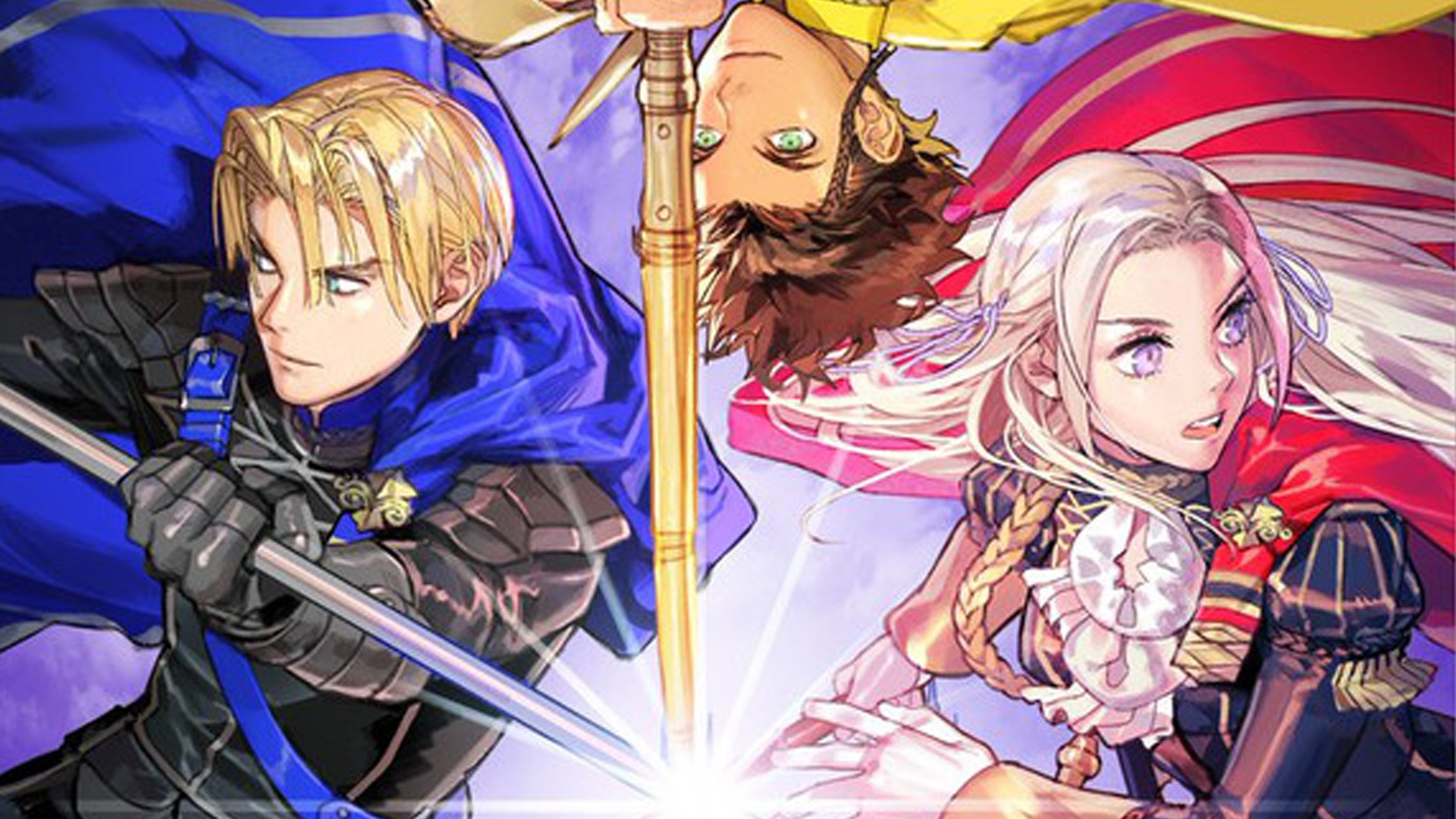


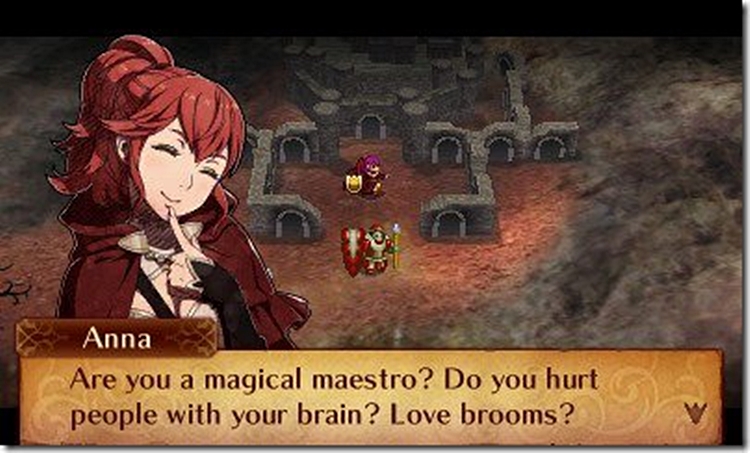

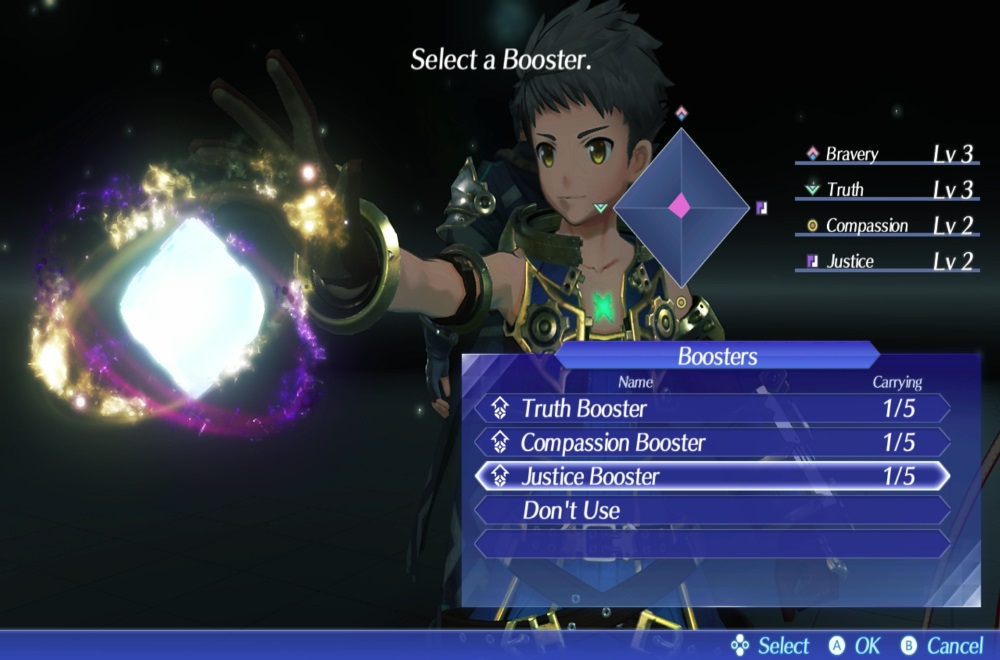
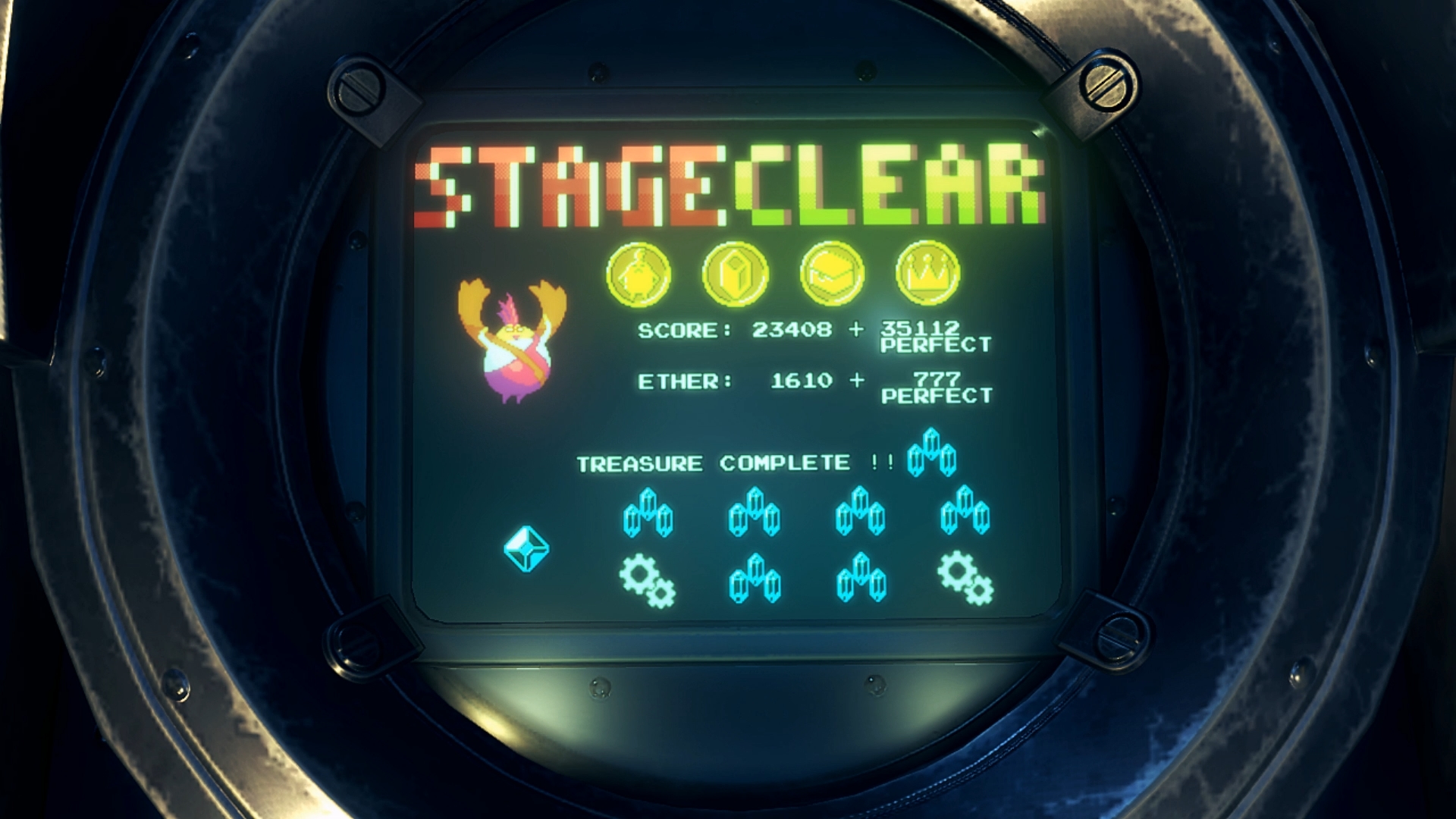
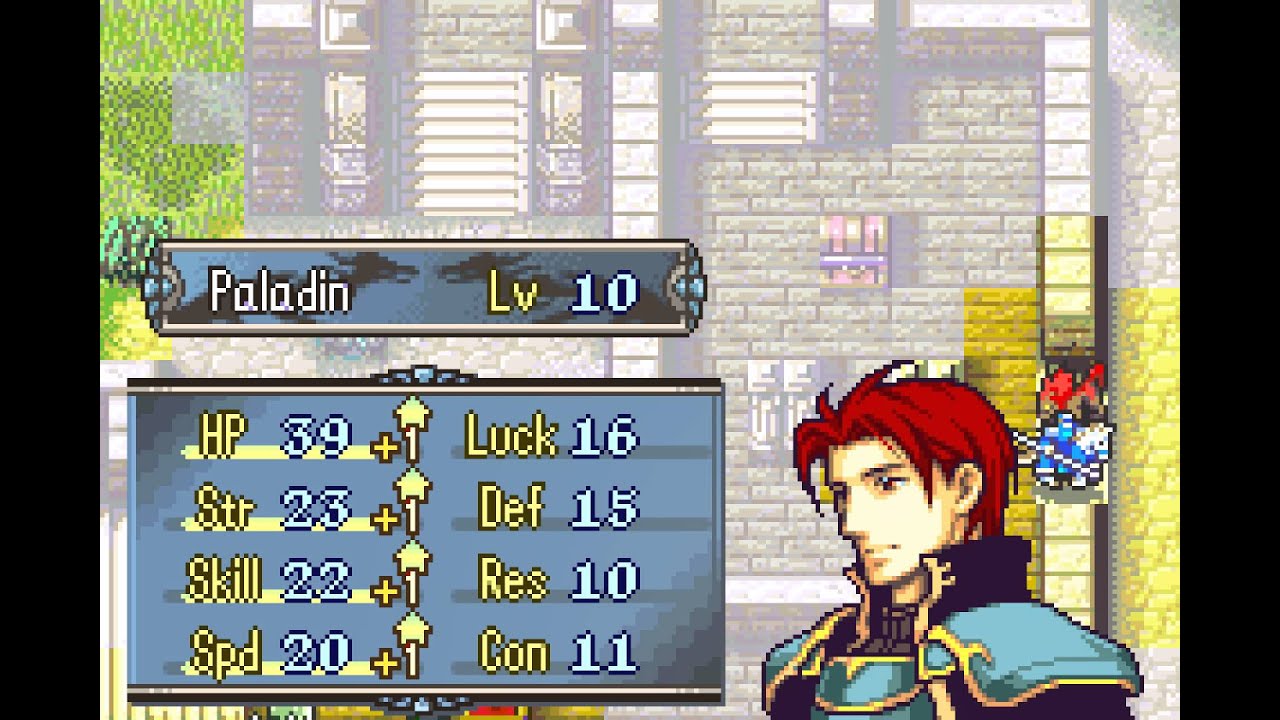
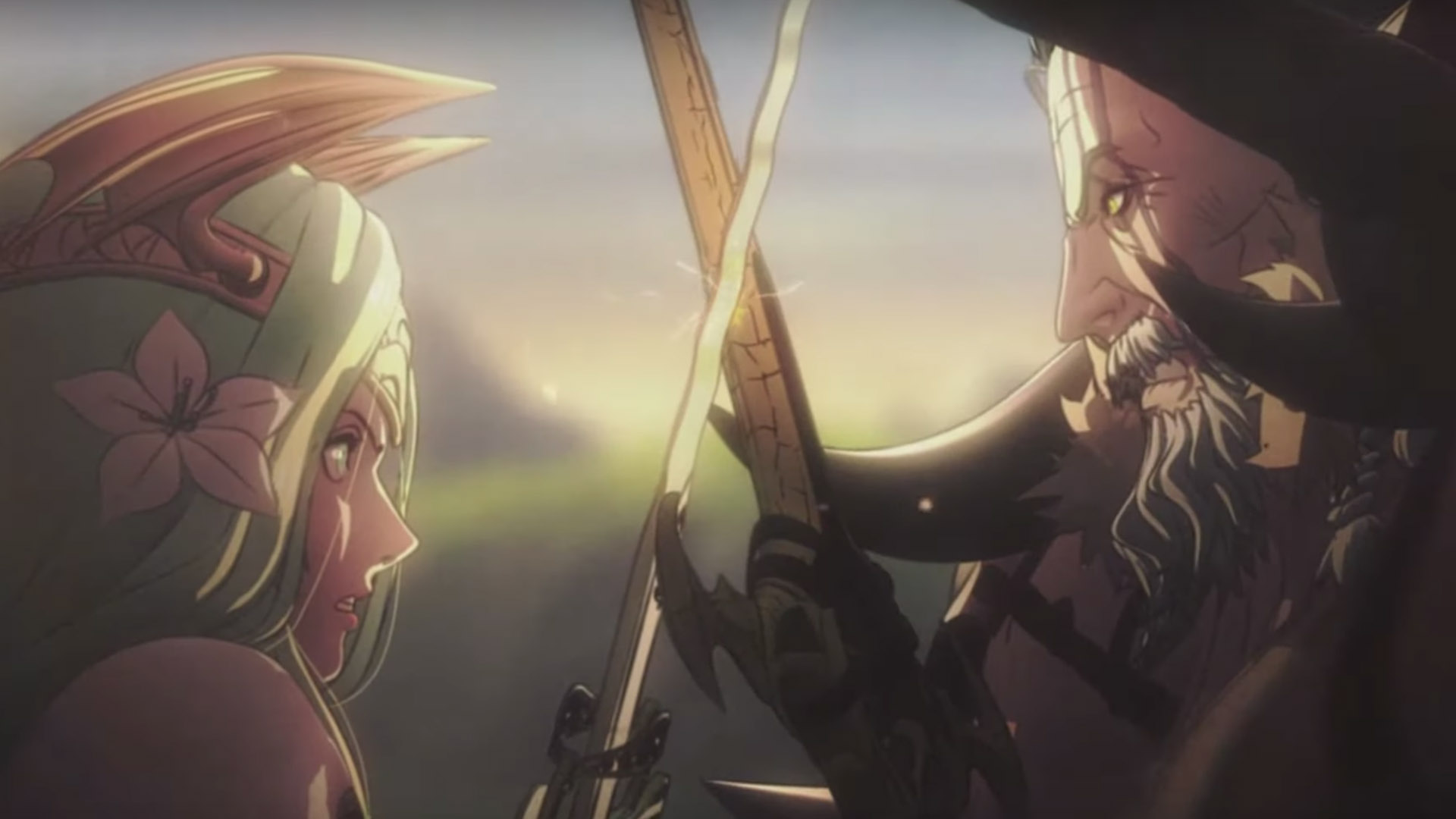





Published: Jul 19, 2019 04:08 pm